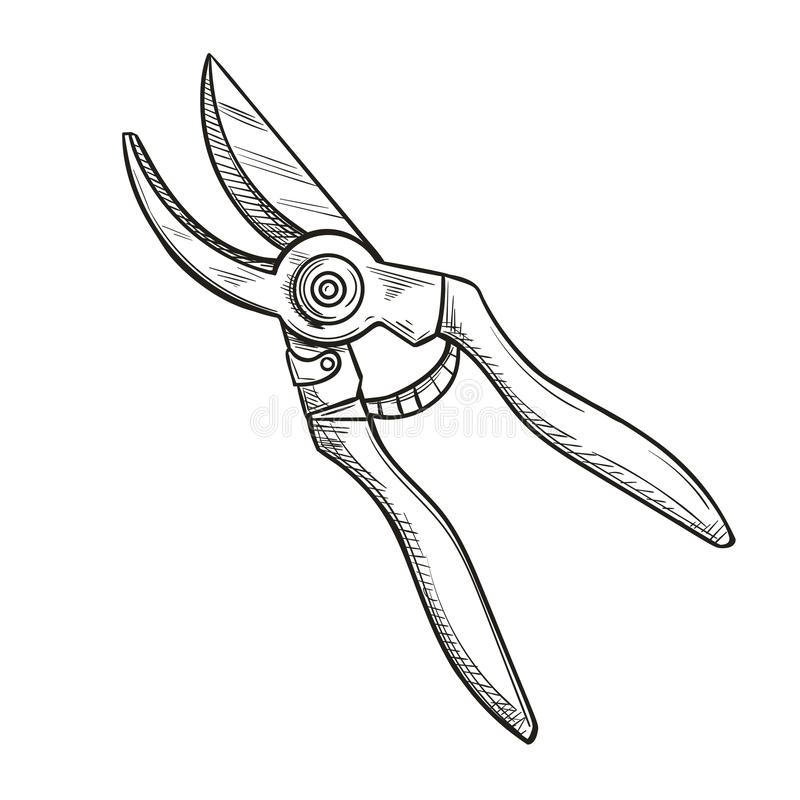THE DOMAIN
Our wines are the result of rigorous, year-round work, from the vineyard to the cellar. The vineyard is managed with respect for the environment.
Owning several small plots scattered over various communes (different altitudes, orientations, soil structures…), we can vinify different and complementary terroirs. This diversity adds complexity to the assembly process. Our passion for the quality of our wines leads us to the purest expression of our terroirs. Added to this is the signature and character of the winemaker.











